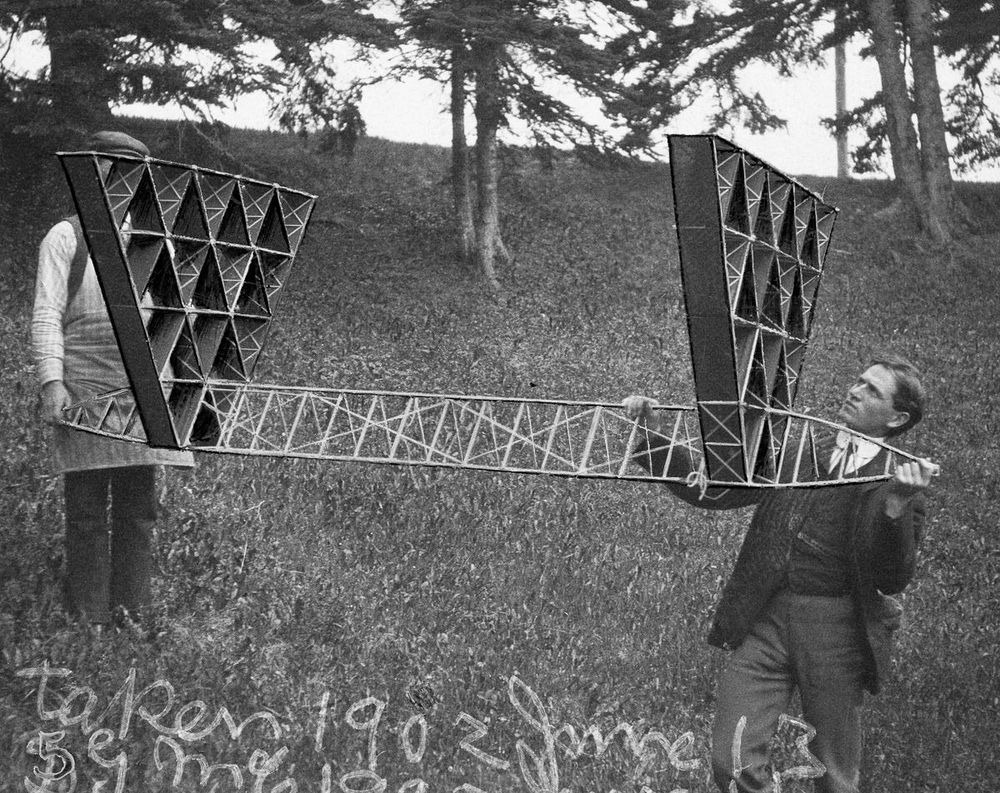

(For more information, see Bras d'Or Lakes. Kites from which, I advise, all human flight has come. It is not in the national park system and is not open to the public. Beinn Bhreagh is a separate National Historic Site, still privately owned and occupied by Bell's descendants. A 16 cell tetrahedral kite was built by Morris Canning of Parrsboro, NS (shown left) to be used in the segment about Bell's kites.
Alexander g bell human kite carrier series#
In addition to its displays, the museum features an observation deck on the roof of the building offering a view of Bell's Beinn Bhreagh estate, across the bay. As part of the TV documentary series 'The Greatest Canadian', CBC-TV required a Bell tetrahedral kite as a visual prop to explain some of Alexander Graham Bell's work in early aviation. The man who was aboard, Thomas Etholen Selfridge, actually survived the flight but later became the first person to die in an airplane crash aboard the Wright Military Flyer in 1908. Unfortunately, it crashed and tore to pieces on landing. The architects for the Museum building were the Canadian architecture firm of Wood, Blachford, Ship (A. It successfully flew carrying a human passenger 168 feet above the water when towed behind a steamship. The Alexander Graham Bell Historic Site was designed by Canadian government architect O. The museum also features displays relating to Bell's work with in the field of deaf education and how it led to the invention of the telephone. MacCurdy piloted up into the air over the ice of Baddeck Bay to become the first controlled heavier-than-air craft to be flown in the British Empire-plus many other exhibits and documents from Bell's years of research activities on the transmission of speech and sound by wire and by light, as well as his experiments with kites, planes and high speed boats. While living in Nova Scotia, Bell embarked on a program of kite tests aimed towards establishing the most stable form of kite capable of carrying a man and an engine.

The site also features memorabilia associated with Bell's experiments, including: the original hull of a hydrofoil boat, the HD-4, that set a world marine speed record in Baddeck by reaching speeds of over 112 km/h (over 70 mph) in 1919 a full-scale replica of that boat the AEA Silver Dart which in 1909 J.A.D. Alexander Graham Bell, inventor of the telephone, also experimented with aeronautics beginning in the 1890s.

The site features artifacts donated in 1955 from the Bell family's personal museum, located in the Kite House at Beinn Bhreagh. Entrance to Alexander Graham Bell National Historic Site


 0 kommentar(er)
0 kommentar(er)
